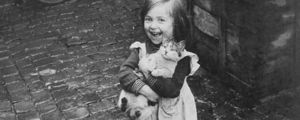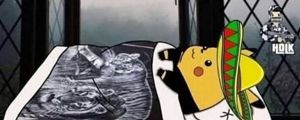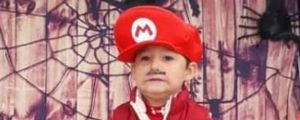Featured Posts

I wish I had a fort

The powerof positive thinking

NASA

Pray for Australia

Take care of each other

She has emerged

My soul feels so much better

I just ordered one. #Just2019HispanicThings

He really wanted his photo at the Halloween party, but was super scared of the spiders

The Only Thing More Contagious Than COVID19 Might Be This Fox's Smile
About
FAQ
Contact
Rules
Terms
Privacy
Feedback
Keyboard Shortcuts:
Previous Post · Next Post · + CTRL Skip Post
Previous Post · Next Post · + CTRL Skip Post
© 2026 FunSubstance · funny and entertaining pictures, memes, gifs & videos.



...ok I know WHY it's a weakness but it's still stupid
'
It all has kind of blended together or gotten lost over time
'
(Cont)
'
The Nachzerer (German) were believed to be more cannibalistic than blood-thirsty, for example, but it was believed that the way to stop them was to remove names from the clothing of the dead to prevent them from becoming Nachzerer. Alternatively, you could fill their mouths with bricks, or a coin, or soil, which would render them paralysed and unable to eat anything. Cutting off their heads was also advised. Putting flowers in the mouth of a corpse, however, had the potential to cause someone to become a Nachzerer.
'
When disease was more common and proper burials were infinitely less so (or took longer), people had a good deal more interaction with corpses than a lot of us do these days. Additionally, hungry animals would often come and pick at corpses in the night, even digging up shallow Graves at times
'
Of course, as I said, this is far from the only factors that have contributed to myths of the dead rising to feed off the living